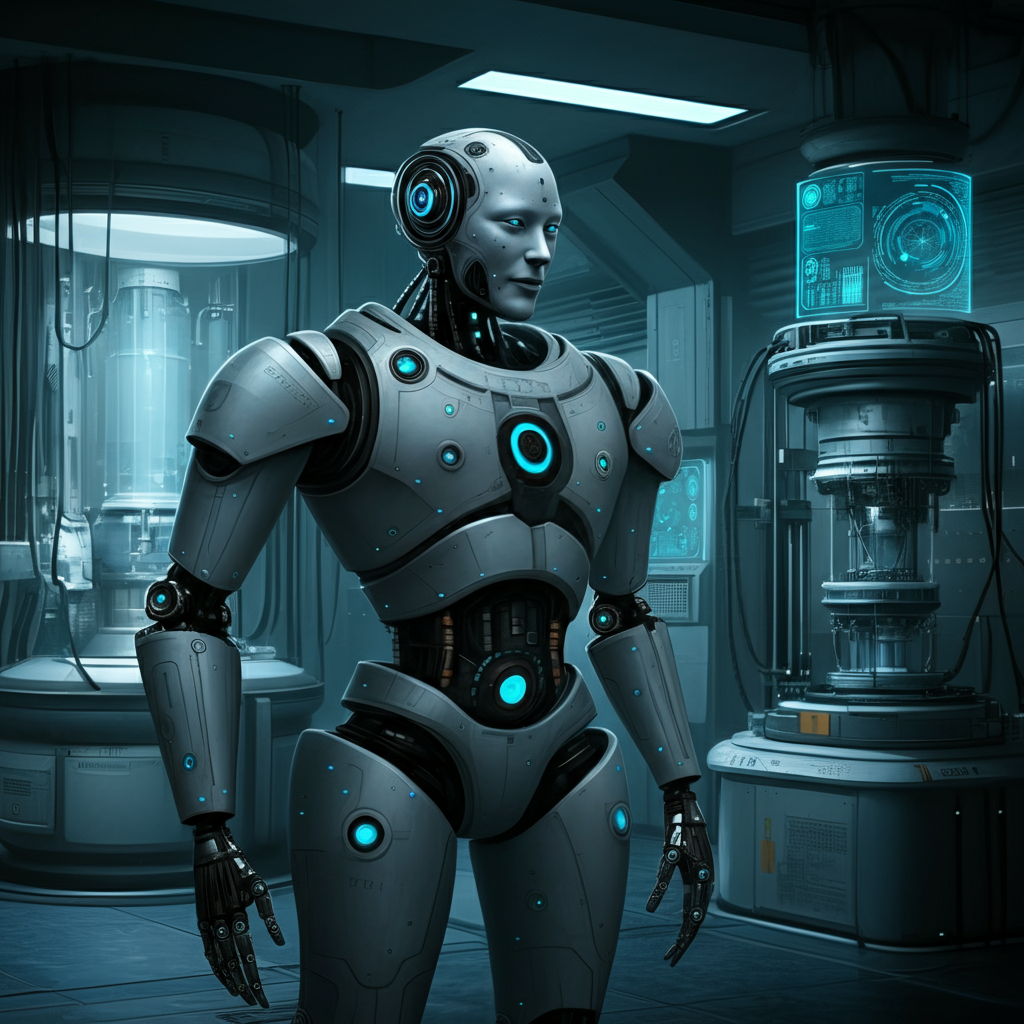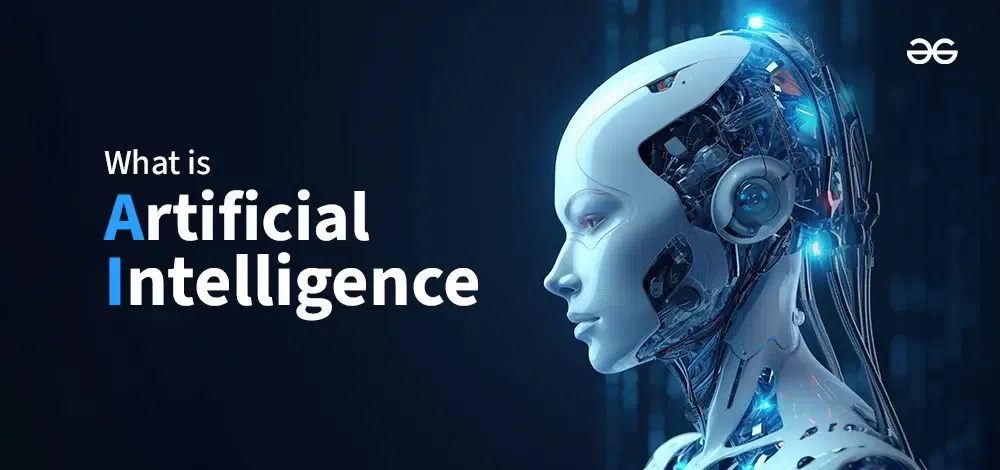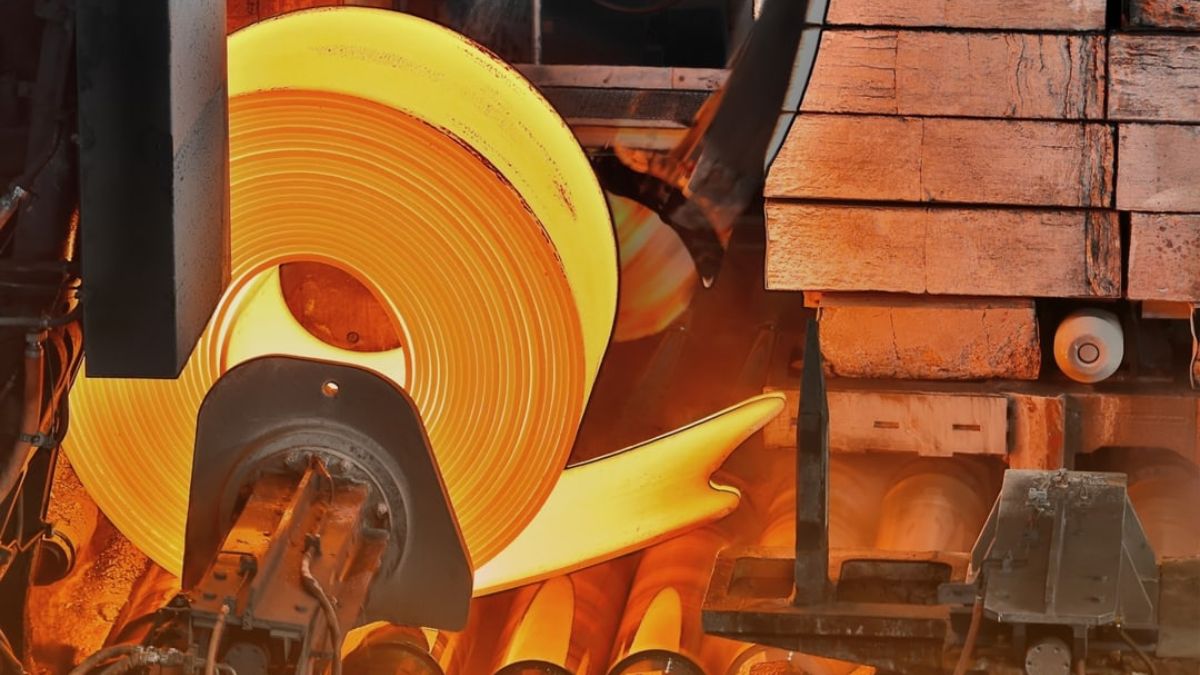The Future Robots are no longer just characters in science fiction. They’ve become a reality, seamlessly integrating into different aspects of our lives—manufacturing, healthcare, education, and even our homes. With the rapid advancements in robotics, a world of opportunities has opened up. However, along with these possibilities come significant challenges.
This post explores the advancements in robotics, their applications across industries, and the hurdles society needs to overcome to fully harness their potential.
Understanding Robotics and Its Growth
Before we explore the potential of robotics, it’s important to define what a robot is and how robotics fits into modern technology. At its core, is the intersection of science, engineering, and technology that creates machines capable of performing tasks with varying degrees of autonomy.
The field of robotics has exploded over the last few decades due to developments in artificial intelligence (AI), machine learning, and sensor technologies. According to a recent market report, the global market is expected to reach over $74 billion by 2026. From household cleaning robots to automated assembly lines, the impact of robotics is undeniable.
Applications of Robotics Across Industries
Robotic technologies are being applied in ways we might not even notice. Here are some of the most compelling examples:
1. Manufacturing
Manufacturing was one of the earliest adopters of robotics, paving the way for automation. Robots on factory floors handle tasks such as welding, assembly, and packing. For example:
- Automotive Assembly: Companies like Tesla use robots to ensure the precision and efficiency of assembly lines.
- Quality Control: Robots equipped with advanced vision systems are used to identify defective products, improving customer satisfaction and reducing waste.
Robotics in manufacturing significantly enhances productivity while reducing human error.
2. Healthcare
Robotics is revolutionizing the healthcare industry, improving the quality of patient care and medical innovation. Key applications include:
- Surgical : Systems like the da Vinci Surgical System enable minimally invasive procedures with greater precision.
- Rehabilitation Robotics: Devices such as robotic exoskeletons assist patients recovering from strokes or spinal injuries.
- Robot Caregivers: Companion robots, like Japan’s Paro therapeutic robot, provide emotional support and assistance to elderly individuals.
These innovations are helping bridge gaps in healthcare delivery, especially in underserved regions.
3. Agriculture
Yes, even farming is being reshaped by. With the global population set to reach nearly 10 billion by 2050, ensuring food security is critical. Robots assist by:
- Autonomous Tractors: Companies like John Deere offer self-driving tractors to increase farming efficiency.
- Harvesting Robots: Automated robots pick fruits and vegetables, addressing labor shortages in agriculture.
- Crop Analysis: Drones and robots monitor soil conditions and crop health, optimizing yield rates.
4. Retail and E-Commerce
Retail and e-commerce businesses have embraced robotics to enhance operational efficiency and customer experience. Examples include:
- Warehouse Automation: Amazon’s robotic fulfillment centers use thousands of robots to retrieve, sort, and pack items for shipment.
- Delivery Robots: Companies like Starship Technologies use small autonomous bots for last-mile deliveries.
- Customer Interaction: Some retailers use interactive robots in stores to assist customers and direct them to products.
5. Space Exploration
Robots have enabled humanity to explore regions of space that would be impossible for humans to reach. Examples of robotics in space exploration include:
- Mars Rovers: Robots like NASA’s Perseverance roam the surface of Mars, analyzing soil samples and sending critical data back to Earth.
- Satellite Maintenance: Emerging robotic systems are being developed to maintain or even repair aging satellites in orbit.
Challenges in Robotics Development
While robotics offers incredible possibilities, its rapid growth presents challenges for engineers, policymakers, and society at large:
1. High Development Costs
Developing cutting-edge robotics involves significant costs for research, prototyping, and manufacturing. Small and medium-sized businesses often cannot afford to deploy at scale, creating barriers to adoption.
2. Job Displacement
Perhaps the most discussed challenge is the displacement of jobs. Automated systems in factories, warehouses, and even creative industries raise concerns about unemployment. While robotics creates new job opportunities in technical roles, retraining the workforce remains a critical task.
3. Ethical Concerns
Robots programmed with AI are often subject to biases in their algorithms. Additionally, as robots become more autonomous, ethical questions arise:
- Should robots be allowed to make decisions that impact human lives (e.g., in healthcare)?
- How do we ensure robots serve humanity’s best interests?
4. Security and Privacy Risks
Connected robots are vulnerable to cyberattacks. For example, hacking into industrial robots could disrupt manufacturing processes, leading to financial losses. Ensuring robust cybersecurity measures is essential.
5. Regulatory Framework
Laws governing robotics and AI have not fully caught up with technological advancements. Policymakers face challenges in creating legislation that ensures safety without stifling innovation.
The Future of Robotics
Looking ahead, the future of is promising and multifaceted. Emerging trends include:
- Human-Robot Collaboration (Cobots): Collaborative robots work alongside humans in industries such as healthcare and logistics, complementing human skills rather than replacing them.
- Soft Robotics: Innovations in soft robotics involve creating robots that are flexible and adaptive, mimicking human muscles and joints.
- AI-Driven Robotics: The integration of AI will make robots smarter and more intuitive, capable of learning and adapting to new situations.
companies and startups are also exploring applications in education, personalized assistants for individuals with disabilities, and even entertainment.
Why Businesses Need to Pay Attention
For businesses, investing in has quickly shifted from “nice-to-have” to “essential for survival.” Enterprises that adapt to these technological advancements gain competitive advantages by reducing costs, improving efficiency, and delivering better customer experiences.
If you’re looking to integrate robotics into your business, here are some actionable steps:
- Assess Your Needs: Identify specific tasks or processes that can benefit from automation.
- Research Solutions: Explore robotic technologies suited to your industry, such as warehouse robots or customer service bots.
- Plan for Training: Ensure your team is equipped to work alongside robots effectively.
- Start Small: Pilot programs are a great way to test robotic solutions before scaling them organization-wide.
Robotics Is Reshaping Our World
Robotics is no longer a futuristic concept—it’s here, and it’s already transforming industries, optimizing everyday tasks, and enhancing human capabilities. While challenges exist, thoughtful innovation and collaboration can address these hurdles, paving the way for a future where humans and robots work side by side.
Whether you’re an individual curious about or a business leader exploring the next step in automation, there’s never been a better time to learn about the opportunities robotics offers.
Are you ready to explore robotics further? Stay tuned for more insights on the latest technologies reshaping our world.
Education and Robotics
Robotics is playing an increasingly prominent role in education, fostering creativity, critical thinking, and problem-solving skills in learners of all ages. By incorporating into the classroom, educators can provide students with hands-on learning experiences that bridge the gap between theoretical knowledge and practical application.
1. STEM Learning
Robotics serves as a powerful tool for promoting STEM (Science, Technology, Engineering, and Mathematics) education. Through building, programming, and operating robots, students develop a deeper understanding of key concepts such as coding, mechanics, and electronics. Robotics competitions, like FIRST Robotics, further inspire students to innovate and collaborate, preparing them for future careers in technology fields.
2. Early Education Initiatives
Introducing robotics to younger students through age-appropriate kits like LEGO Education sets or Code.org’s initiatives helps cultivate problem-solving skills and a curiosity for technology. These platforms simplify complex topics, allowing children to gain confidence while learning through play.
3. Higher Education and Research
Universities and research institutions are integrating robotics courses and labs into their curriculums, enabling students to explore cutting-edge advancements. Robotic research areas include autonomous navigation, AI integration, and assistive technologies, equipping graduates to lead innovations in their fields.
4. Addressing Accessibility
Robotics education isn’t just for advanced learners; initiatives focused on inclusivity aim to bring robotics to underserved communities. Organizations and programs partner with schools worldwide to ensure that students, regardless of their socio-economic background, have access to these life-changing learning opportunities.
By investing in robotics education, societies can nurture a technologically competent generation ready to tackle the challenges of tomorrow, shaping a workforce capable of advancing industries and solving global problems.
5. Robotics and Lifelong Learning
Robotics is not limited to formal education settings—it also plays a crucial role in fostering lifelong learning for people of all ages. Workshops, online courses, and community maker spaces offer opportunities for individuals to explore robotics, regardless of their background or profession. This democratization of technology enables hobbyists, career changers, and enthusiasts to develop valuable skills like programming, electronics, and mechanical design in informal, self-paced environments.
Accessible platforms such as Raspberry Pi, Arduino, and open-source robotics software encourage exploration and experimentation, empowering learners to create their own robotic projects. These initiatives support not only personal growth but also contribute to a culture of innovation, where creativity and practical problem-solving thrive.
By making robotics education available throughout life, society fosters a more adaptive and technologically savvy population, better prepared to engage with the rapid changes shaping the future workforce and industries









